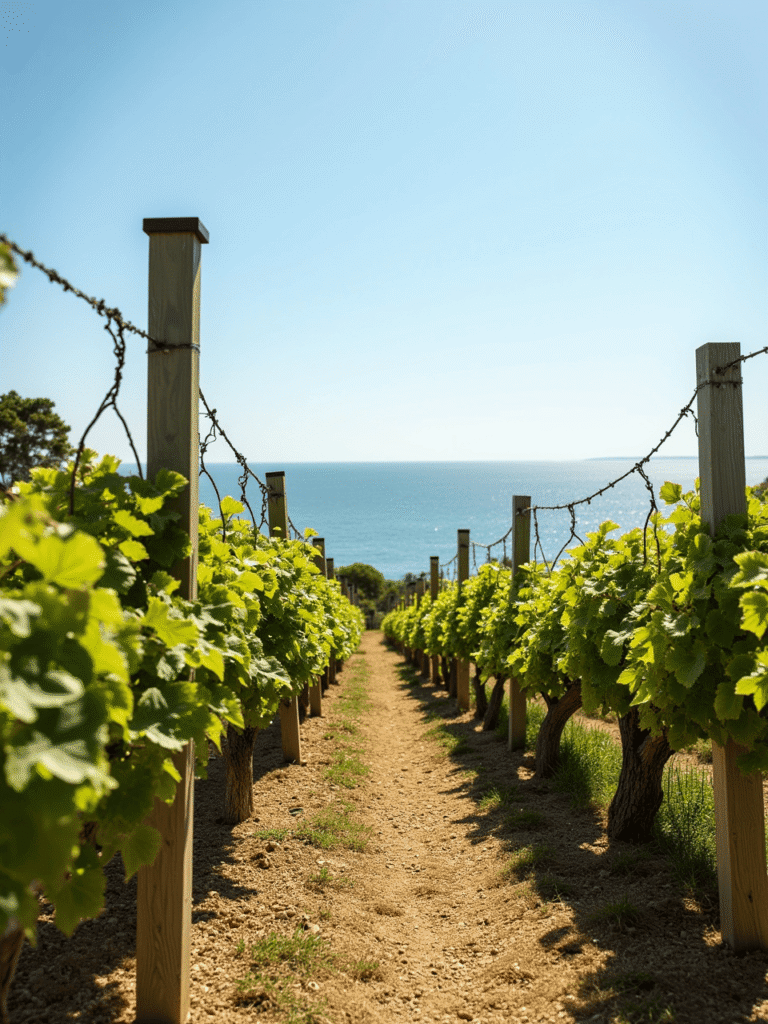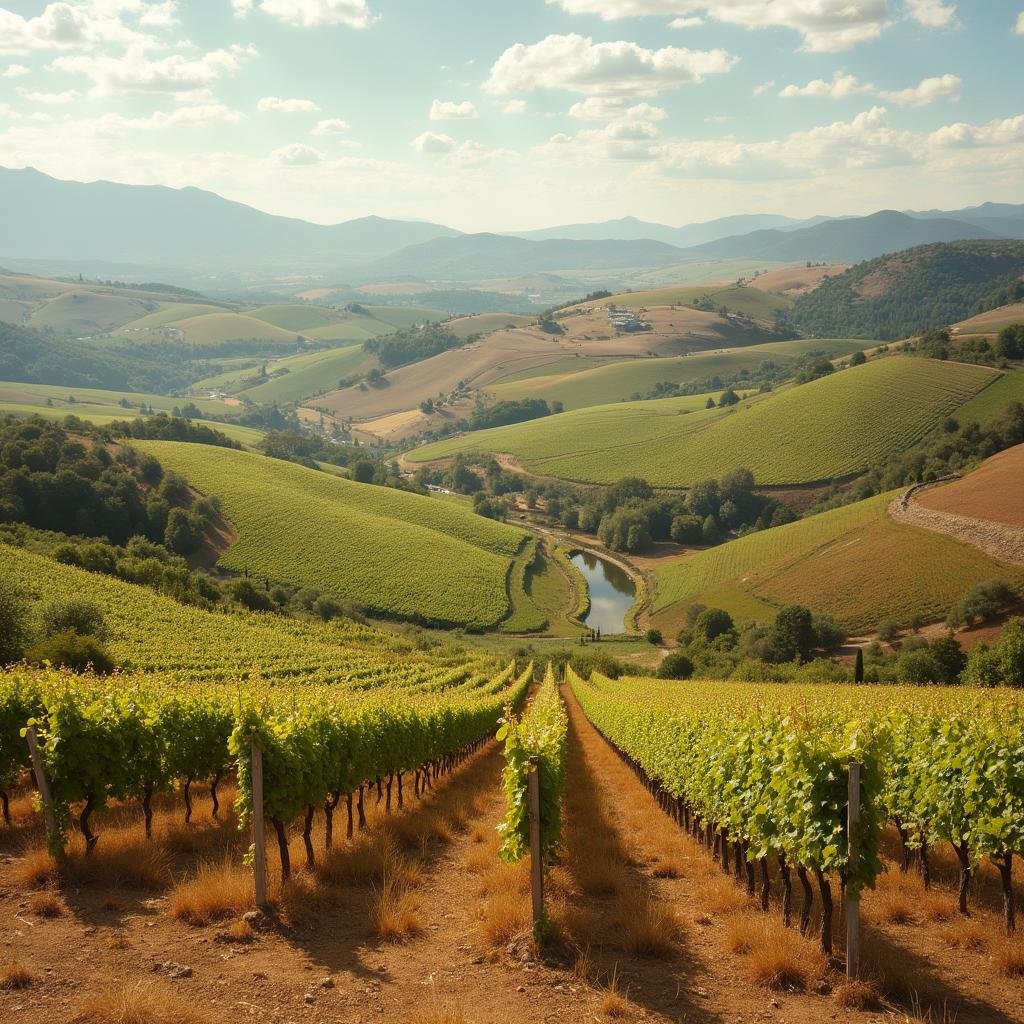What Is Terroir and Why Does It Matter in Chile?
Talking about terroir in Chile is talking about the soul of wine. This French term, with no exact translation, refers to the combination of natural and human factors that give a wine its unique identity: soil, climate, altitude, sunlight exposure, humidity, wind, and the practices of the winemaker.
In Chile, terroir is as diverse as its landscapes. From the salty Pacific breeze to the extreme coolness of the Andes Mountains, the country offers exceptional conditions to produce wines with strong character. This richness has made Chile a global benchmark for wine quality.
The Three Main Types of Terroir in Chile According to Felipe Begué
According to viticulturist and academic Felipe Begué Barra, from Viñedo Campus Colchagua at the University of Talca, Chile can be read in layers from west to east. This natural sequence creates three major types of terroir, each with its own stamp in the glass:

Sea-Limestone Terroir: More Saline and Vibrant Wines
In coastal regions such as Casablanca, San Antonio, and Elqui, the dominant terroir is marine-limestone. Here, the limestone soils and the influence of the Pacific Ocean result in white wines with vibrant acidity, saline profiles, and exceptional freshness.
Felipe Begué explains: “In these places, the sea breeze cools the vineyards and extends ripening, allowing for more elegant and subtle wines, especially Sauvignon Blanc, Chardonnay, and Pinot Noir.”
Recommended Wineries: Matetic, Casa Marín, Viña Garcés Silva
Valley-Clay Terroir: The Heart of Chilean Cabernet
In Chile’s wine heartland—Maipo, Colchagua, and Cachapoal—clay soils dominate. Rich in organic matter and excellent at retaining water, this terroir is home to the most acclaimed Cabernet Sauvignon in Chile.
“The Colchagua Valley is a living example of diversity. In coastal areas like Marchigüe, there are vibrant reds with saline touches, while in Apalta or Santa Cruz, the warm climate and deep soils produce wines with structure and elegance,” says Felipe Begué. “And in the highlands, the mountains bring tension and freshness.”
Felipe also emphasizes the human factor: “Terroir needs interpretation. How vines are pruned, how they are balanced—these define whether a wine reflects its origin. Conscious viticulture is essential to achieve this.”
Recommended Wineries: Viña Santa Rita, Viña Montes, Viña Viu Manent
Mountain-Volcanic Terroir: Cool-Climate Whites and Syrah
In higher altitude and pre-Andean areas such as Alto Maipo, Limarí, and Elqui, volcanic, granitic, and rocky soils prevail. These regions experience strong solar radiation during the day and cold nights, ideal for growing Syrah, Riesling, Viognier, and Chardonnay.
Felipe Begué notes these wines stand out for their natural acidity, aromatic finesse, and marked minerality: “They are cool-climate wines with strong personality. The elevation and poor soils give them character and freshness.”
Recommended Wineries: Errázuriz (Aconcagua Costa), Falernia, De Martino (Alto Maipo)
How to Choose Your Wine Tourism Experience Based on Terroir
Understanding the types of terroir in Chile is key to planning a meaningful wine route. If you love fresh whites, head to the cool coasts. For bold reds, explore the Central Valley. If you seek innovation, look to the mountains or the north.
In the Colchagua Valley, Felipe Begué highlights that “each bottle is a way to discover its landscape, climate, and the passion of those who work the vineyards. When we understand where a wine comes from, we enjoy it more.” Here, visitors can enjoy tours, tastings, and accommodations within vineyards in a privileged rural setting.
Terroir Is the Map of Chilean Wine
The types of terroir in Chile are more than just geological trivia—they are the foundation of the country’s winemaking success. Knowing a wine’s origin helps understand its style, character, and potential.
As Felipe Begué says, “Terroir is felt in the glass, but it begins in the soil, the climate, and the human work that transforms it into wine.” With its natural and cultural diversity, Chile has so much to tell in every sip.
Ready to experience it for yourself? Visit disfrutacolchagua.com and plan your next wine tourism adventure, surrounded by vineyards, landscapes, and unforgettable terroirs.

–









